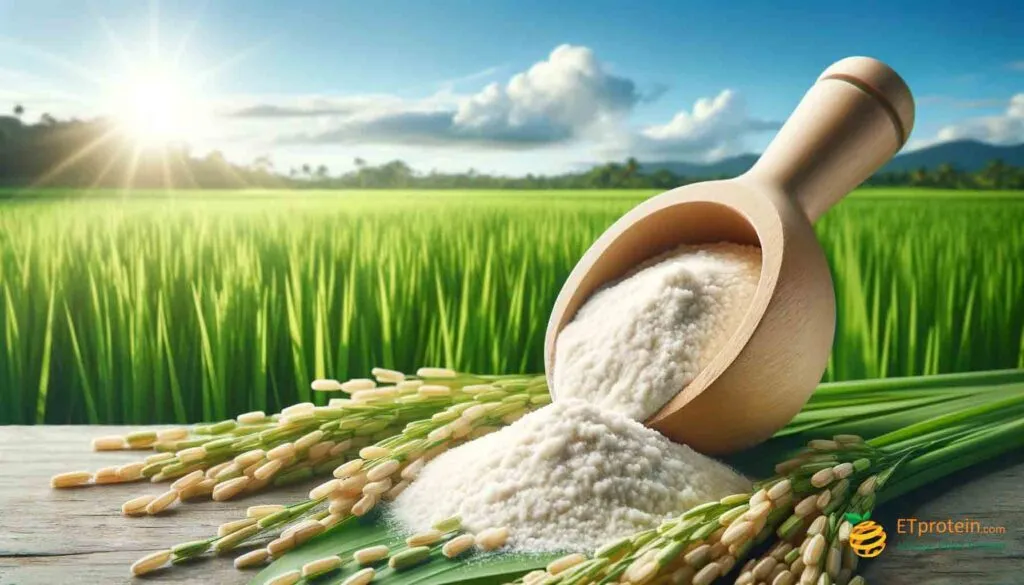In a groundbreaking study published in *Advances in Food Science, Sustainable Agriculture, and Agroindustrial Engineering*, researchers have unlocked new insights into the potential of rice bran as a sustainable source of plant-based protein. Led by Miftahurrahmi from Universitas Brawijaya, the research delves into the extraction, solubility, and nutritional profiles of proteins from white, red, and black rice bran, offering promising avenues for the agriculture and food industries.
The study employed a modified three-phase partitioning (TPP) method to extract rice bran protein (RBP) from white (WRB), red (RRB), and black rice bran (BRB). The findings revealed that protein solubility varied among the different types of rice bran, peaking at specific pH levels: BRB at pH 3.4 (5.40 mg/mL), WRB at pH 3.5 (5.10 mg/mL), and RRB at pH 3.6 (5.03 mg/mL). These differences are attributed to pigment-protein interactions and the inherent protein composition of each rice bran type.
“Understanding the solubility profiles of these proteins is crucial for their potential applications in food products,” explained Miftahurrahmi. “The variations we observed suggest that each type of rice bran could be optimized for specific uses, enhancing their value in the food industry.”
Phytochemical analysis at the optimum solubility pH levels identified a rich array of bioactive compounds in all samples, including isoflavones, trehalose, and amino acids. Notably, colored rice brans (red and black) exhibited a broader profile of secondary metabolites such as phenolics, alkaloids, and steroidal glycosides. This diversity of compounds underscores the potential health benefits and functional properties of these proteins.
Proteomic profiling further revealed a complex array of proteins across all RBP types, including universal seed storage proteins, antioxidant enzymes, and stress proteins. Variety-specific proteins involved in redox regulation and metabolism were also identified, suggesting functional diversity that could be harnessed for various applications.
The implications of this research are significant for the agriculture sector. Rice bran, a byproduct of rice milling, is often underutilized or discarded, representing a missed opportunity for value addition. By optimizing the extraction and characterization of RBP, this study highlights the potential of rice bran as a sustainable and nutritious plant protein source. This could lead to the development of new food products, functional ingredients, and even pharmaceutical applications, thereby creating new revenue streams for farmers and agribusinesses.
“Our findings open up new possibilities for the agricultural industry to leverage rice bran as a valuable resource,” said Miftahurrahmi. “By integrating solubility optimization with protein and metabolite characterization, we can unlock the full potential of rice bran, contributing to a more sustainable and diverse food supply.”
As the demand for plant-based proteins continues to grow, this research provides a roadmap for future developments in the field. The identification of specific proteins and bioactive compounds in rice bran offers a foundation for further studies and commercial applications. By harnessing the unique properties of white, red, and black rice bran, the agriculture sector can tap into a sustainable and nutritious protein source, benefiting both producers and consumers alike.

